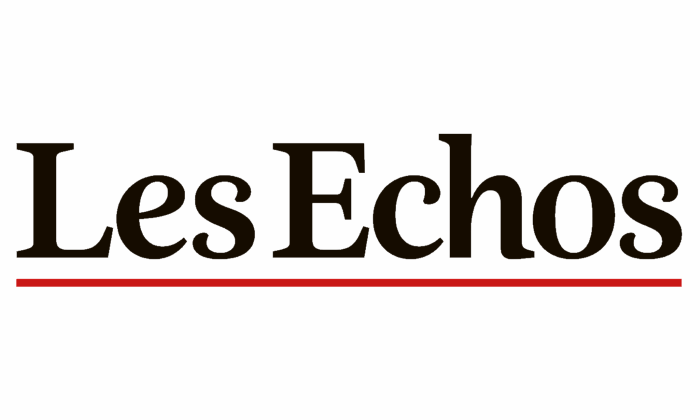
When the interest rate is equal to the growth rate, as it is today, stabilising the debt rate requires a zero primary public deficit (before interest charges on the debt). And a primary surplus is needed to reduce this debt rate. Otherwise, the public debt
continues to increase and, the higher the debt rate, the greater the risk of a snowball effect.
France is far from enjoying a stabilised debt situation. With a very high public debt to GDP ratio of over 110%, and a very marked upward trend in this rate (the rate was around 20% in 1980), France is experiencing a primary deficit of between 3 and 4% of GDP, with an interest rate on the debt approximately equal to the nominal growth rate. This, without correction, will sooner or later lead to a refinancing crisis.
If the interest rate on the debt were to be higher than the nominal growth rate, due to a generalised rise in interest rates or in the spreads paid by France or because of a fall in the growth rate of the French economy, the snowball effect of the public
debt would become even more significant.
It would therefore be necessary to reduce public spending by around 100 billion euros. Doing it too quickly would lead to too sharp a slowdown in growth and would be difficult to accept. Doing it too slowly would lead to a new dangerous increase in public debt, which would put the country’s solvency at risk, would very probably also slow down growth due to the fear of savers and investors thus generated, and finally would risk a financial crisis which would force adjustments to be made urgently and brutally, as in the case of Spain and Portugal, for example, during the Eurozone crisis.
Let us add that given the comparatively very high level of French public spending and compulsory contributions on GDP, it is much more economically efficient to reduce the former and not increase the latter. Reducing public spending indeed contains much less risk of slowdown, and could even promote growth, compared to increasing taxes. Also, while it seems elegant to say that the choice between reducing spending and increasing taxes is a political choice, it is certainly not relevant in terms of economic efficiency in France’s current situation.
Moreover, income inequalities after redistribution are among the lowest in Europe in France and the level of redistribution on GDP is already one of the highest. Reducing income inequalities in France is therefore not a reasonable objective, because it would go against the pursued goal by further reducing competitiveness which is already too low and an incentive to work that could be improved, and therefore an employment rate that is already insufficient. Which would go contrary to the direction of the announced objectives.
Stabilising and then reducing the French public debt rate is a sine qua non condition for the sustainability of our social protection and our standard of living. Risking hitting the debt wall by refusing structural reforms or going back on those that have been carried out would risk forcing us to implement austerity policies that socially are very costly.
Let us recall that if the United States, which has a very high public debt rate and a large primary deficit, does not have the same burning obligation to date, it is because it has benefited until now from a much higher economic dynamic than ours, from a stock market yield and interest rates higher than ours, which attracts capital from all over the world. Thus, they have, until now, had no trouble refinancing their external debt as well as their public debt. However, this will not absolve them ad vitam aeternam from having to correct their public finance trajectory as well.